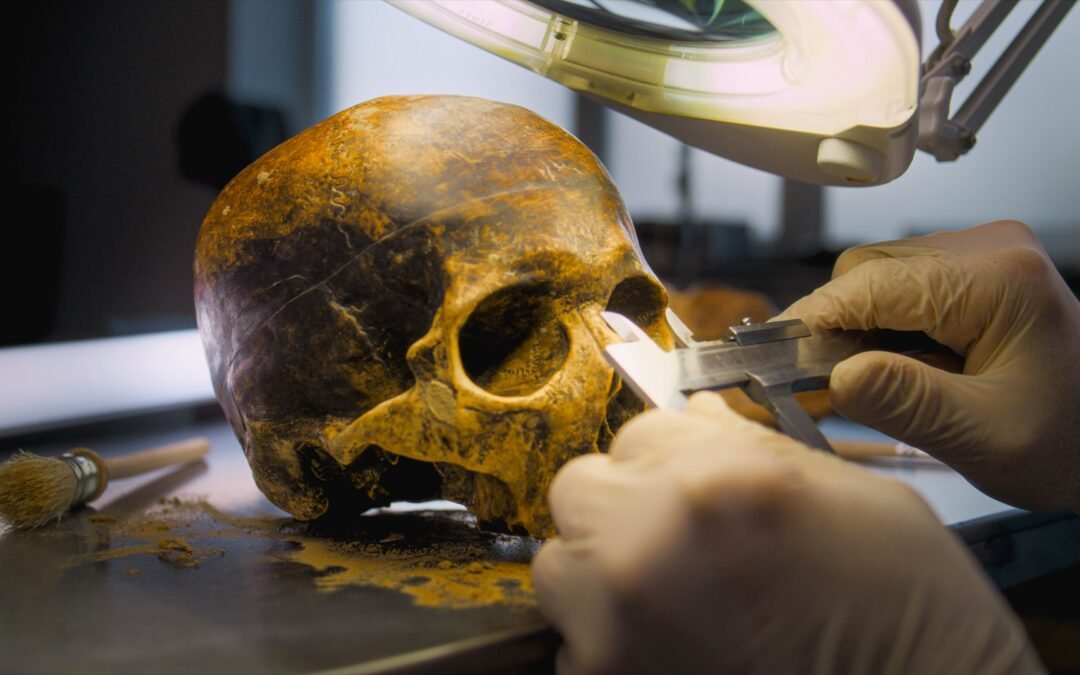Folks have at all times questioned the place our ancestors got here from and the way they managed emigrate throughout continents lengthy earlier than planes, trains, or roads ever existed. For hundreds of years, archaeologists have studied the fragmented stays of historical cities and artifacts left behind. In the previous couple of a long time, although, genetics has began filling in a few of the gaps.
Earlier this month, archaeologists studied an ancient tooth that revealed new details about Stonehenge’s construction. Throughout the Atlantic in Colombia, researchers have reexamined the stays of historical Indigenous teams that lived 6,000 years in the past. What they discovered was unprecedented. In line with a brand new scientific research, one in all these teams turned out to be from a wholly new lineage that had gone unnoticed till now.
Here is what scientists realized throughout their analysis and what occurred to this long-lost historical lineage.
Scientists Found Unknown Human DNA From The Bogotá Plateau
Again in Might, a study published in Science Advances detailed the fascinating means of how researchers sequenced DNA from 21 historical people discovered on Colombia’s Bogotá plateau. The DNA comes from stays that span over 5,000 years of historical past, however one specific group stood out to scientists: the Checua. The stays of this group, which lived round 6,000 years in the past close to Nemocón, had been found in 1992. Nonetheless, this was the primary time scientists had absolutely sequenced their DNA.
The genetic historical past of the Americas has been debated over time, however many scientists say that historical teams from East Asia and Siberia crossed into North America roughly 20,000 years in the past. Their descendants then break up into two essential branches: northern Native Individuals, who stayed nearer to the Arctic and North America, and southern Native Individuals, who unfold farther south and have become the ancestors of Indigenous peoples in Central and South America. From there, the southern department broke up into even smaller teams.
Nonetheless, the Checua didn’t match into both of these well-known branches. Their DNA additionally had no sturdy ties to the smaller teams.
“After we began to match with different people from different elements of the Americas, we discovered that the people from the Pre-ceramic Interval discovered right here within the Cundiboyacense plateau have a lineage that hasn’t been reported. It’s a brand new lineage,” study co-author, Dr. Andrea Casas, of the National University’s Genetics Institute, told Reuters.
As an alternative, scientists got here to the conclusion that the Checua represented a beforehand unknown South American lineage that broke off very early and managed to outlive for 1000’s of years.
What Occurred To The Checua?
Nobody actually is aware of what occurred to the Checua. The research’s researchers suspect that, for the reason that Checua could have been a small, remoted group of hunter-gatherers, they might have disappeared over time as a result of adjustments in local weather, meals shortages, or illness. What is for certain is that they left behind no direct descendants.
In line with a press release from the University of Tübingen, probably the most shocking findings was that the Checua’s genetic signature vanished completely. By round 2,000 years in the past, their DNA was not detectable within the area’s populations.
“We could not discover descendants of those early hunter-gatherers of the Colombian excessive plains – the genes weren’t handed on. Meaning within the space round Bogotá there was an entire change of the inhabitants,” mentioned co-author Kim-Louise Krettek of the Senckenberg Centre for Human Evolution and Palaeoenvironment.
After the Checua disappeared from the Bogotá plateau, researchers consider that the subsequent wave of individuals to settle there seemingly got here from Central America. And so they didn’t arrive empty-handed. Together with new applied sciences like ceramics, these migrants could have additionally carried with them the roots of the Chibchan language household – a community of languages which can be nonetheless spoken in elements of Central America at the moment.
|
Discovery: |
A brand new lineage of historical Indigenous individuals, referred to as the Checua |
|---|---|
|
Discovery Age: |
6,000 years |
|
Discovery Date: |
1992 |
|
Discovery Location: |
Nemocón, Colombia |
|
Major Findings: |
The Checua disappeared 2,000 years in the past and left behind no identified descendants |
For now, the Checua stay a thriller. The invention of their distinctive lineage is groundbreaking, however the causes behind their disappearance are nonetheless unknown. Hopefully, future analysis reveals what grew to become of those historical people.




Recent Comments